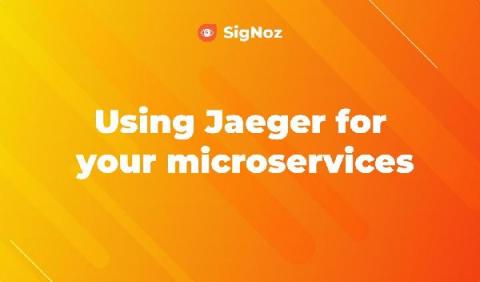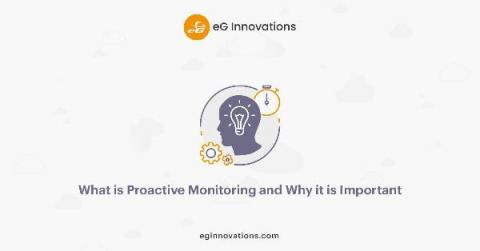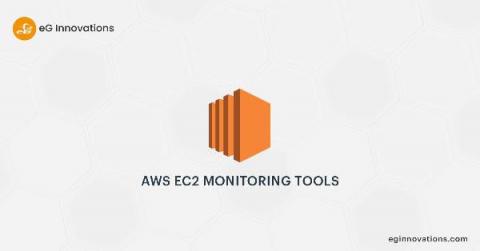Operations | Monitoring | ITSM | DevOps | Cloud
Latest News
AppDynamics announces major updates and improvements to Global Partner Program to support shift to 100% channel model
Exciting key changes to our Global Partner Program will help our partners fully exploit the potential of full-stack observability with business context.
AppDynamics supports AWS Distro for OpenTelemetry (ADOT) general availability for traces 1.0
We're excited to help our customers further leverage the benefits of OpenTelemetry via integration with AWS Distro for OpenTelemetry (ADOT) for traces 1.0.
What is Proactive Monitoring?
In the realm of monitoring products, proactive monitoring usually means identifying potential issues within IT infrastructure and applications before users notice and complain and initiating actions to avoid the issue from becoming user noticeable and business impacting. Proactive monitoring means a business is continuously searching for signs that indicate a problem is about to happen.
Datadog vs. Grafana: Compare Use Cases and Features
The current big data world allows even tiny IT environments to produce massive amounts of information. After determining how to open up various data generation sources, a business analyzes the information. Here, the analysis method you leverage varies depending on the data, the tools/equipment used, and the use case. A good practice is to visualize the traces, weather logs, data, or metrics.
Sound Bytes: IT leaders on the importance of full-stack observability
We chatted with top IT leadership about the impact that full-stack observability has on their business. Here’s what they had to say.
AWS X-Ray vs Jaeger - key features, differences and alternatives
Scout APM vs. New Relic vs. Dynatrace
Application performance monitoring (APM) is important for the development of any web app. But monitoring software is not an easy process; you have to observe various metrics and be calculative in observing measurements like the application’s speed, error percentage, memory bloat, number of API calls per day, and much more.
Open-Source Monitoring With SolarWinds AppOptics
Monitoring Amazon AWS Cloud
It is incumbent on cloud operations teams to choose the correct type of AWS EC2 instance relative to the underlying application. The wrong choice could adversely impact business and user experience. This article walks through a customer case study where the EC2 instance choice impacted their business.









